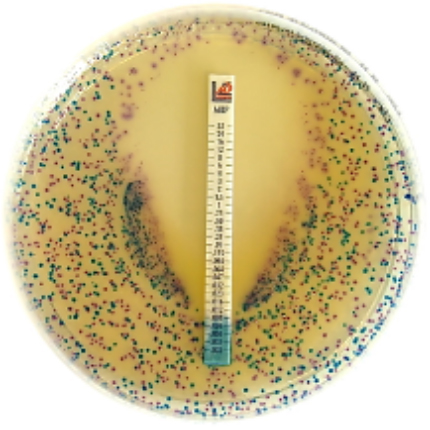Before the advent of conventional medicine used in clinical medicine today for the treatment of infectious diseases, people in ancient times and even now have been using some herbal plants traditionally for centuries to combat microbes that cause diseases in man. Recently, scientists have studied and reported results that support the use of these herbal plants. Herbal antibiotics have been found to be milder than pharmaceutical antibiotics, and according to the Center for Disease Control and Prevention (CDC), the overuse of pharmaceutical antibiotics cause pathogens to mutate and grow stronger, giving them the chance to mount resistance to antibiotics. Some of the herbal plants used for the treatment of infectious diseases in most rural parts of the developing world (especially in places where conventional drugs may not readily be available) include: Neem plant (Azadirachta indica), Ginger, Garlic, Tea Tree Plant and Moringa oleifera plant.
MAIN SOURCES OF ANTIBIOTICS
- MICROORGANISMS: Microorganisms are the primary source of antibiotics. Though not all antibiotics used today in clinical medicine are produced completely (wholly) from microorganisms, microorganisms still provide the parent root from which antibiotics are developed. Bacitracin and polymyxins are obtained from Bacillus species; streptomycin and tetracycline are obtained from Streptomyces species; gentamicin from Micromonospora purpurea; penicillins and cephalosporins are obtained from Penicillium and Cephalosporium species respectively.
- SYNTHESIS: Synthetic antibiotics are antibiotics produced from natural drugs by making a prototype (model) of the natural drug in the laboratory through chemical reactions without having to do anything with the original source of the drug. Example of a synthetic antibiotic is chloramphenicol.
- SEMI – SYNTHESIS: Semi – synthetic antibiotics are natural antibiotics that are modified by the removal or addition of a particular chemical group in order to increase the therapeutic effect of the drug. Here, compounds isolated from natural sources (e.g. plants or microorganisms) are used as starting materials and a fermentation process is involved in the production of such antibiotics. After which, the antibiotic is further modified by a chemical process in the laboratory. Examples of drugs produced this way include: penicillins, cephalosporins, and the anti-malarial drug artemether.
References
Ashutosh Kar (2008). Pharmaceutical Microbiology, 1st edition. New Age International Publishers: New Delhi, India.
Bisht R., Katiyar A., Singh R and Mittal P (2009). Antibiotic Resistance – A Global Issue of Concern. Asian Journal of Pharmaceutical and Clinical Research, 2 (2):34-39.
Courvalin P, Leclercq R and Rice L.B (2010). Antibiogram. ESKA Publishing, ASM Press, Canada.
Denyer S.P., Hodges N.A and Gorman S.P (2004). Pharmaceutical Microbiology. 7th ed. Blackwell Publishing Company, USA.
Fernandes Prabhavathi (2006). Antibacterial discovery – the failure of success? Nature Biotechnology, 24(12):1.
Finch R.G, Greenwood D, Norrby R and Whitley R (2002). Antibiotic and chemotherapy, 8th edition. Churchill Livingstone, London and Edinburg.
Discover more from Microbiology Class
Subscribe to get the latest posts sent to your email.





